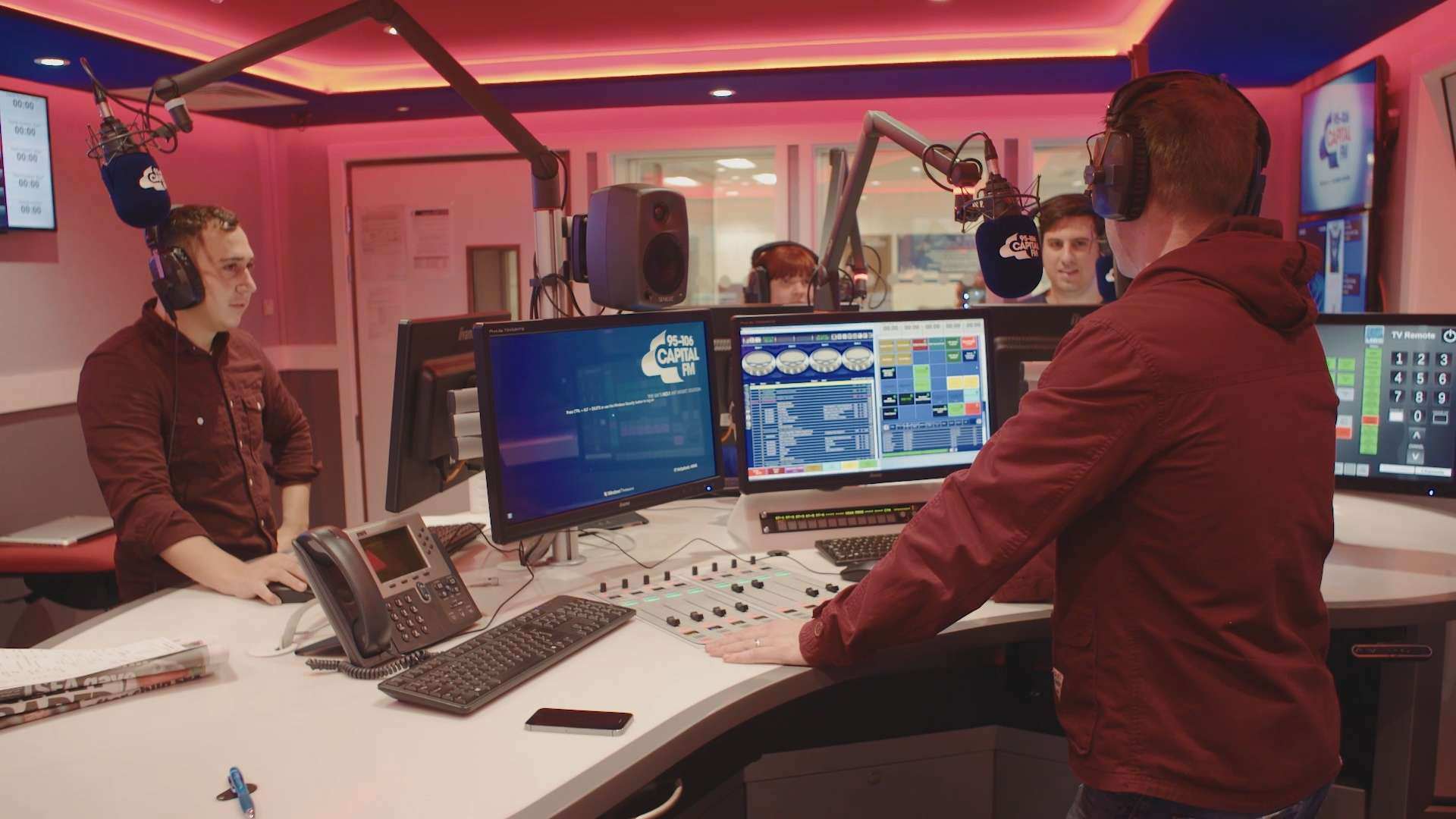The Always Up To Date Radio Advertising Glossary
January 25, 2019

 3
3
min
Today you're going to become a radio advertising expert.
This radio advertising glossary contains all the terms that you've come across while researching radio, complete with explanations that make sense. They're important, they're alphabetical and now, they're accessible.
Average Weekly Hours Per Listener
The total hours a listener base has spent listening in a week. You can get this by dividing average weekly hours of the station by the total population the station transmits to.
Audio Brand
An audio brand is an umbrella term for a company that has clearly defined what they sound like and are now recognisable through sound. Think McDonalds ‘I’m Lovin’ it’.
Brand Awareness
The practice of making your company more recognisable. Most efficiently achieved through advertising and PR.
Cost Efficiency Factor (CEF)
The cost of reaching one thousand people with a single advert. Use this to compare the value of different stations.
Cost Per Thousand (CPT)
The cost of 1,000 unique plays of your advert.
Creative
The term broadly attributed to the content of an advert or campaign. Although not restricted just to audio, it’s mainly attributed to jingles and other bits of audio.
Creative Wear Out
When your advert is started to get a bit old. This is often attributed to running an unsustainable bit of creative (a joke) in a high frequency lay-down. Meaning your customers would be hearing a joke up to 4 times in a few hours.
DAB
Digital Audio Broadcasting. DAB offers a selection of stations not available on FM, with higher standards of broadcasting quality. Often cited as the future of radio broadcasting. March 2018, the BBC shelved their plans to force their listeners to transition to digital.
Day Parts
Day parts are popular times in the day you can run your advert. The two major day parts on radio are ‘Breakfast’ (typically 6-9am) and ‘Drive’ (typically 4-7pm).
Frequency
The number of times a campaign is heard by listeners over a period of time. If you run a lot in a short space of time, you have high frequency.
Gross Rating Points (GRPs)
GRPs take the amount of times a listener is likely to hear your advert (Opportunities to hear) and expresses it as a percentage of the amount of people a radio station plays to. Say you had 200,000 opportunities to hear and were on a station with a reach of 50,000, you’d have 400 GRPs.
Impacts
One impact is one person’s listening to one spot. These are added together to give total impacts for an advertising campaign, or total impacts for all airtime on a certain station. Calculated by multiplying OTH by Weekly Reach (‘000s).
Local Radio
Local radio stations are stations that broadcast programmes for a particular area of the country. This includes town-sized stations (once known as incremental stations).
Market Share
The percentage of all radio listening hours that a station accounts for within its transmission area. This can be calculated for any target market across any area.
National Radio
Radio that serves the whole of the UK, national stations include Absolute Radio, Capital Radio, Classic FM and Talk Sport.
Opportunities to Hear (OTH)
OTH stands for Opportunity to Hear and represents how many times a listener is likely to hear a radio advertisement.
Promotion
A popular method for radio advertisers which allows them to run an offer on air. This could be a direct call to action which drives traffic to a new development (like a website) or a new offer/event.
RAJAR
RAJAR (Radio Joint Audience Research) was set up in 1992 to record the listening figures for all radio stations in the UK.
Reach Index
The amount of people a station reaches in a week, put against
The Weekly Reach % of a station against a Target Market indexed against the All Adult Weekly Reach % for that station. This indicates whether a Target Market is likely to listen to a given station, with 100 being the norm.
Reach X Frequency
The total number of times your advert played in a schedule. Not a measure of the number of different people exposed to a commercial.
Sponsorship
Another popular way of advertising on radio that leverages the popularity of key programmes such as the news, travel news and other hosted programmes to help build a brand presence. These adverts are often specifically designed to sound like they’re part of the show and play either side of the ad break.
TSA
TSAs are the area within which a station’s audience is measured. This is known as the station’s total survey area or transmission area.

